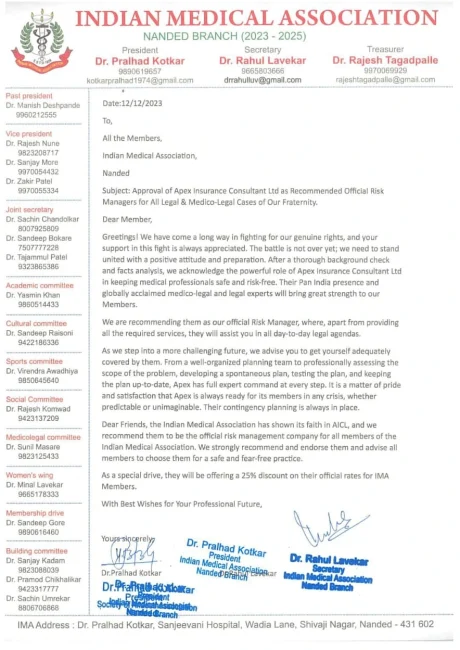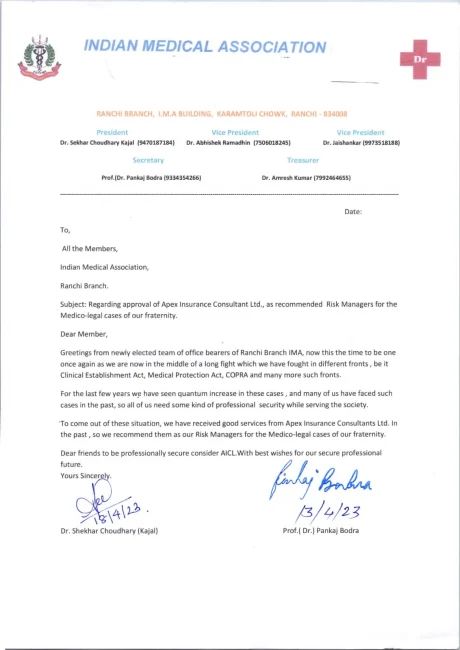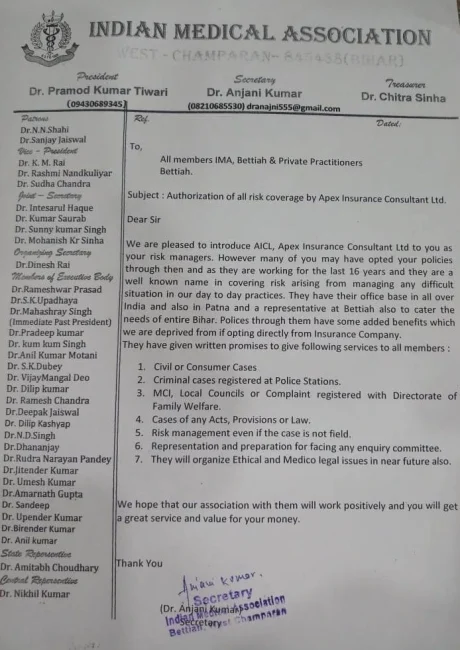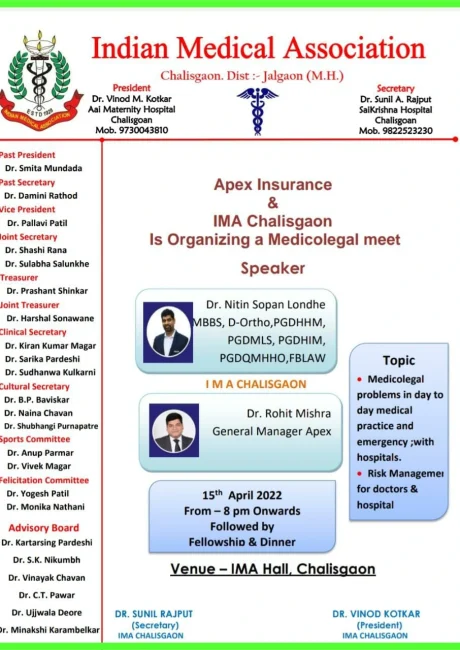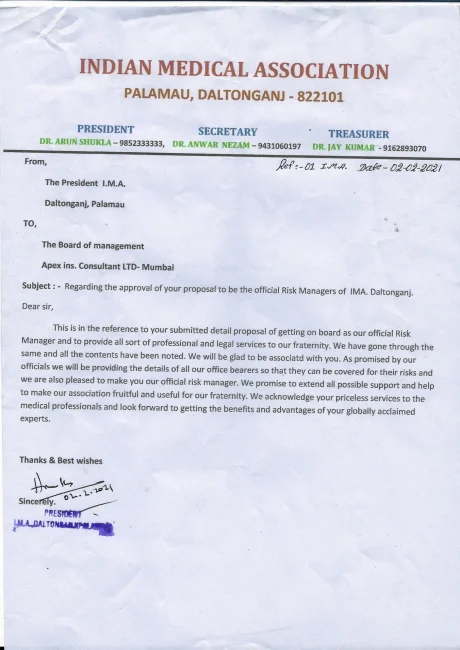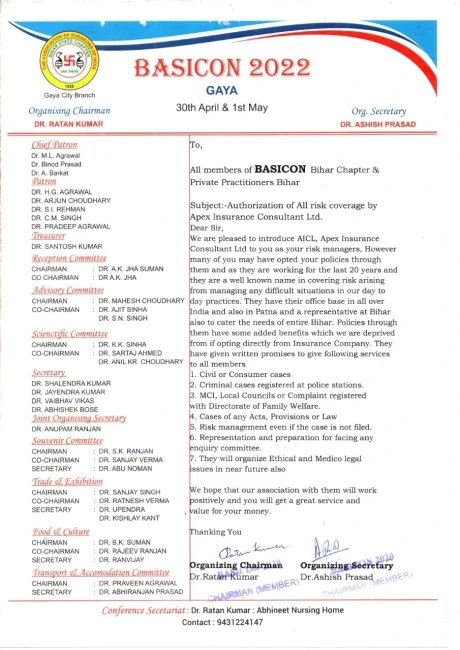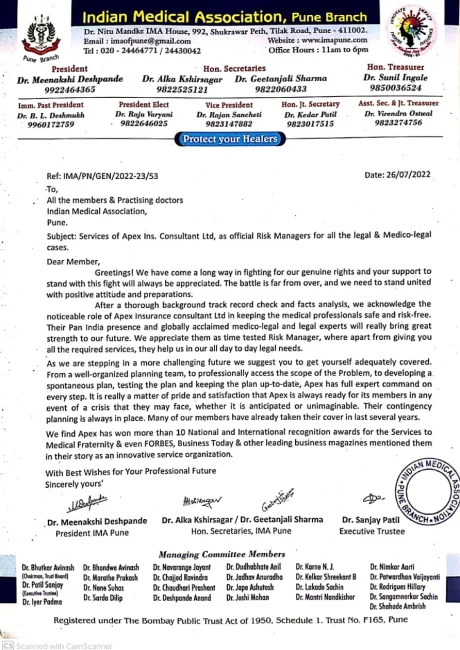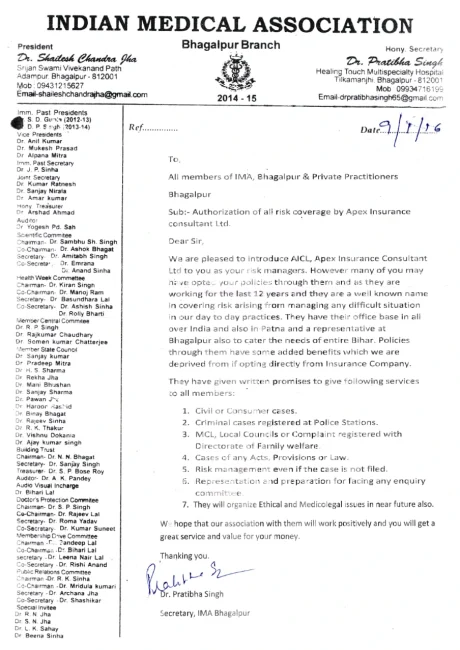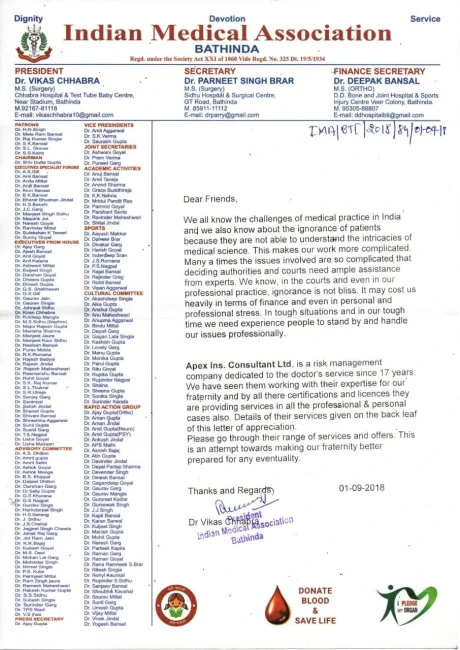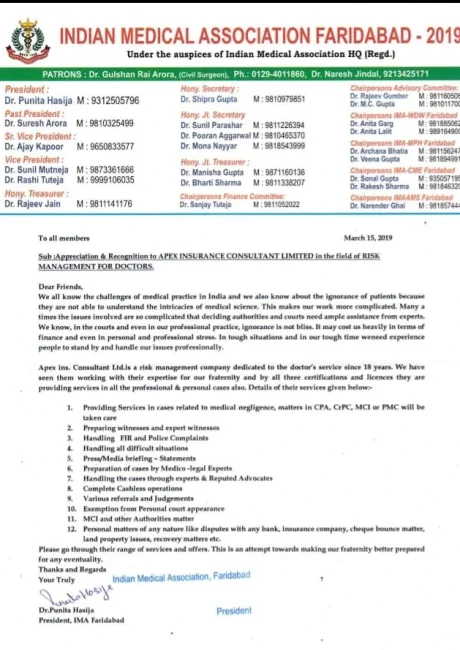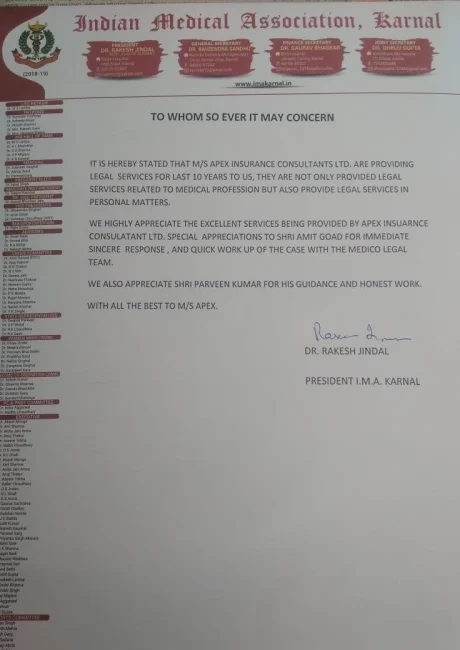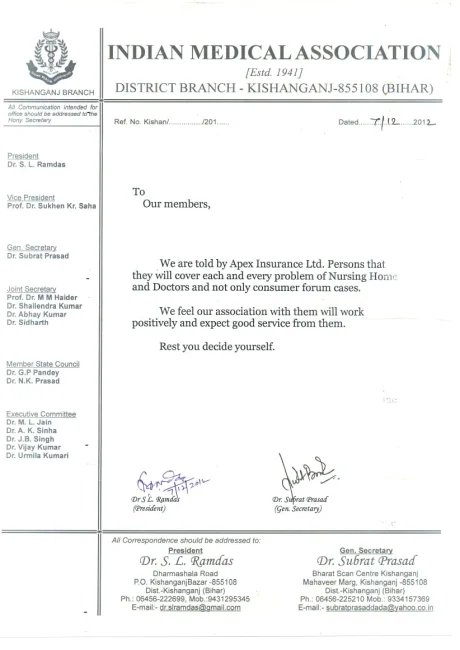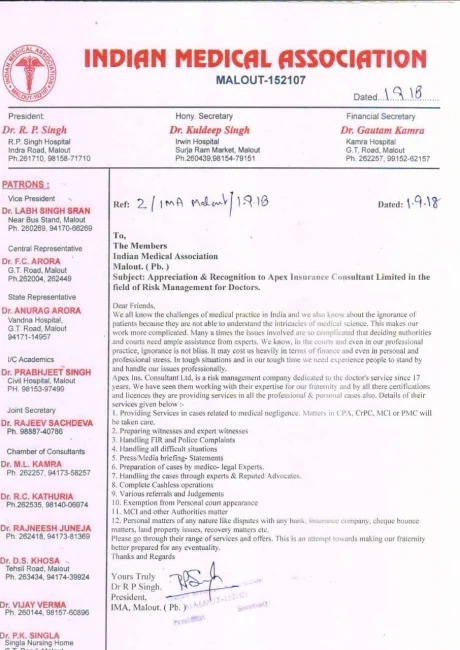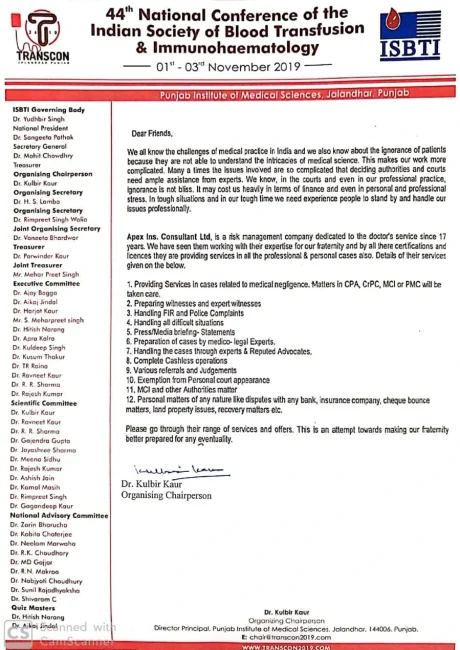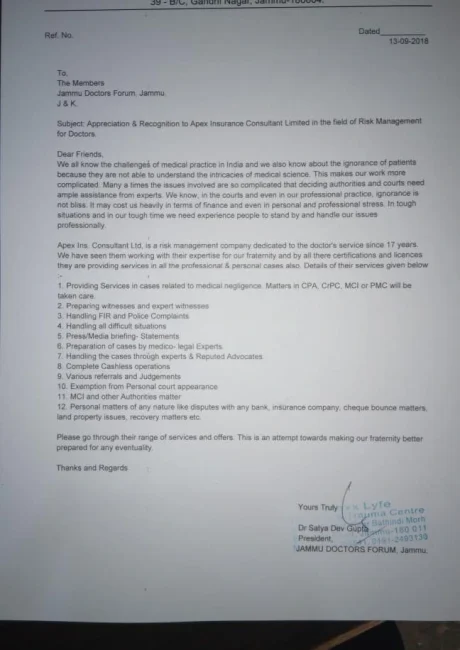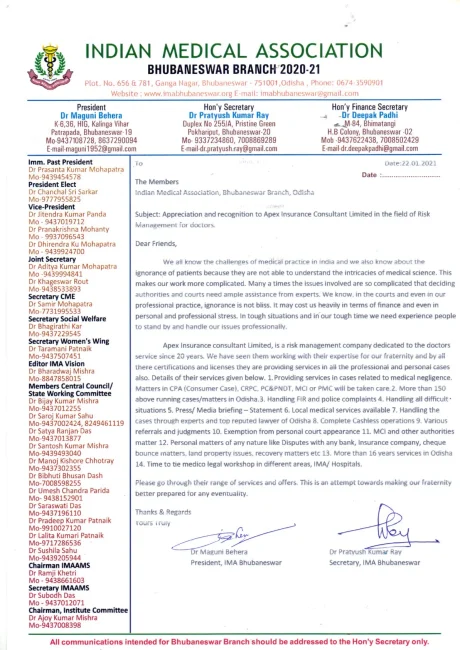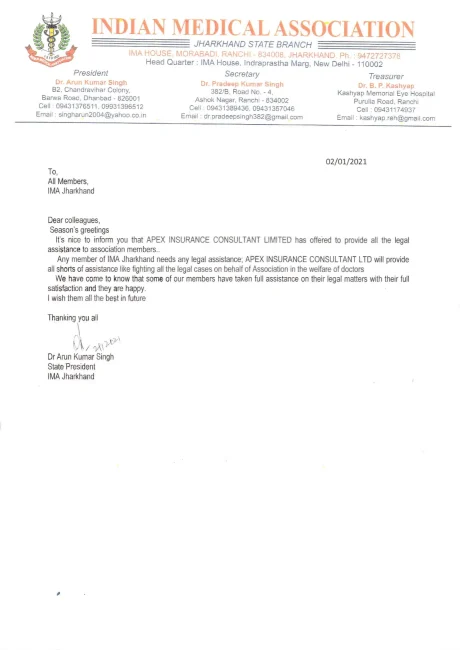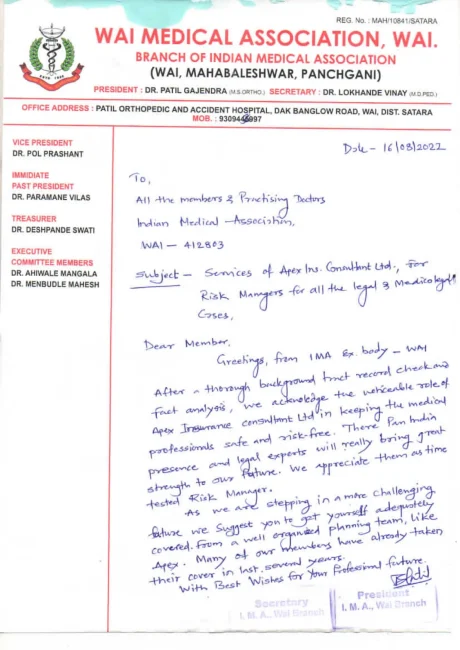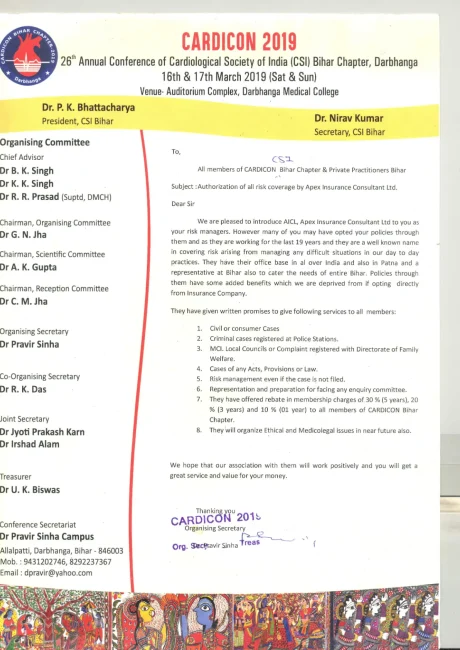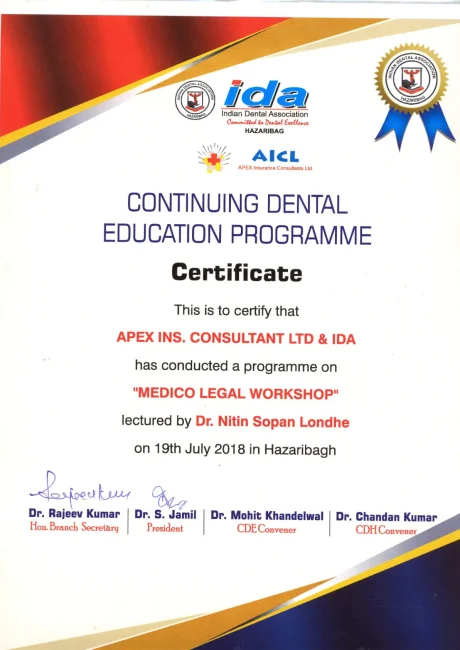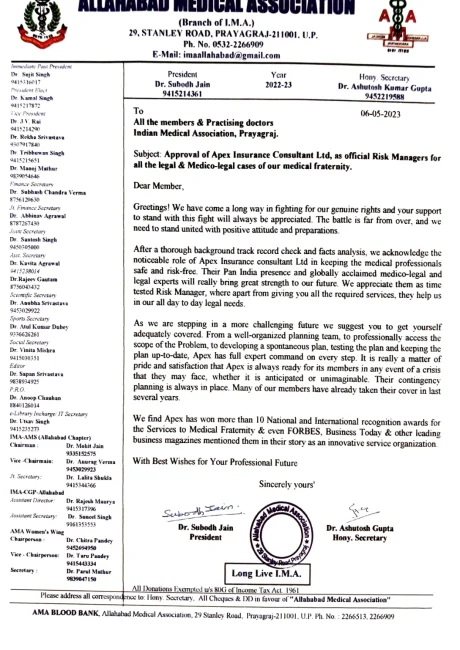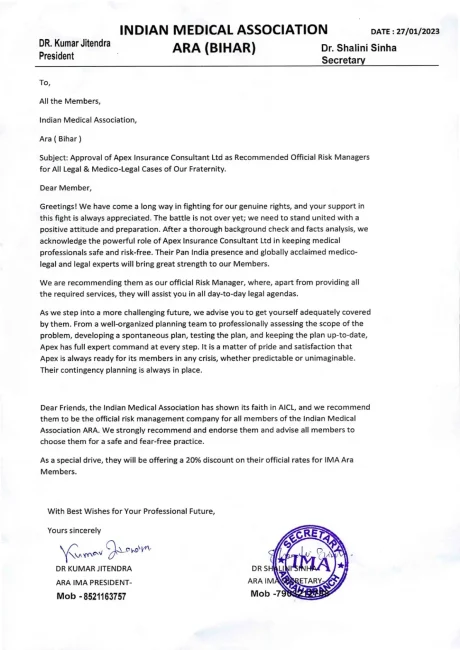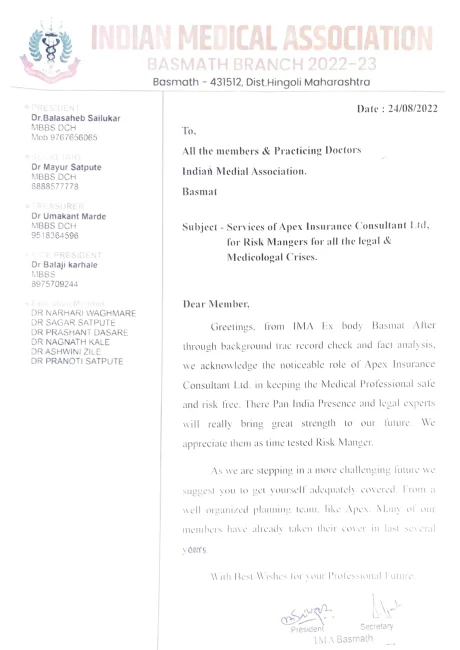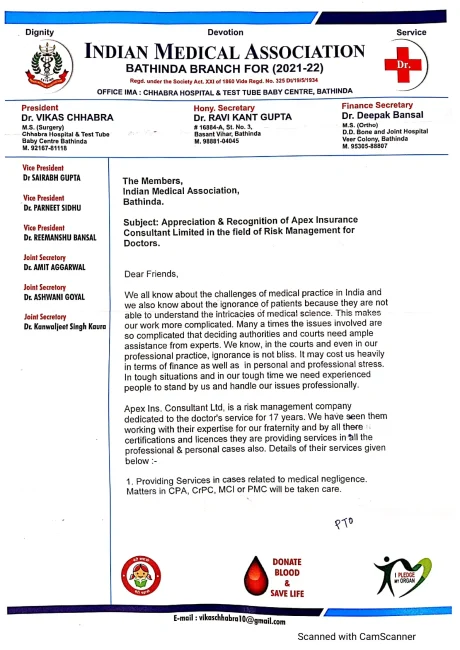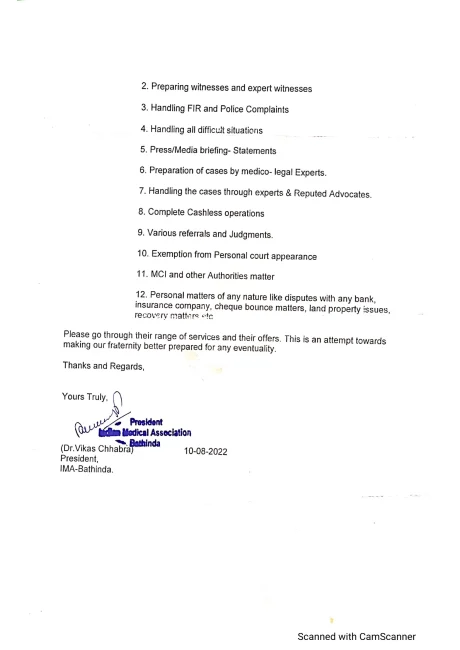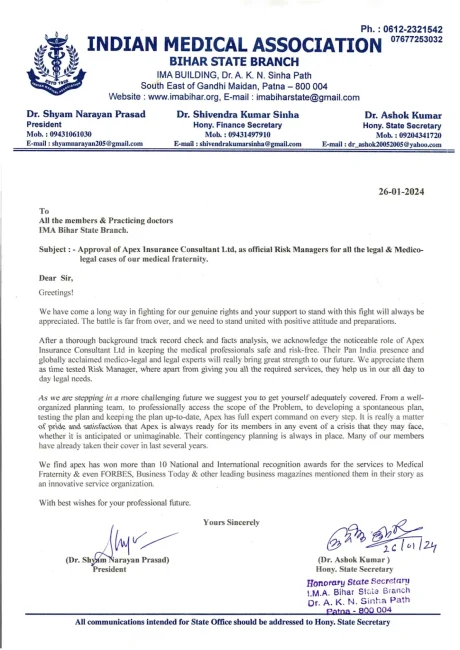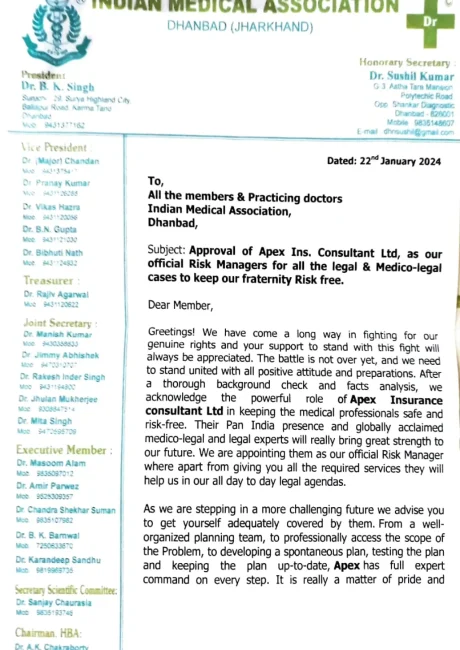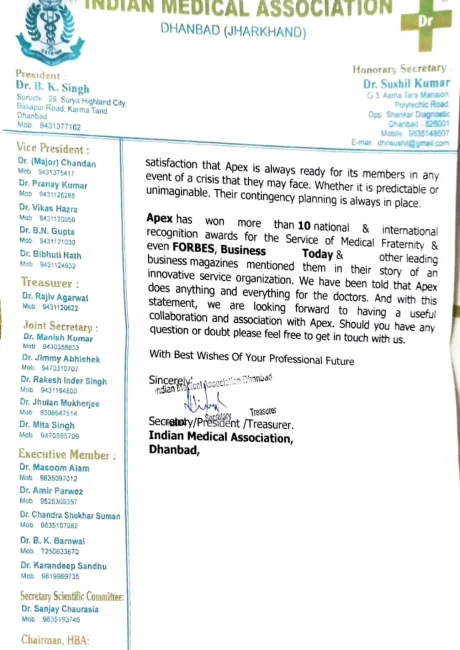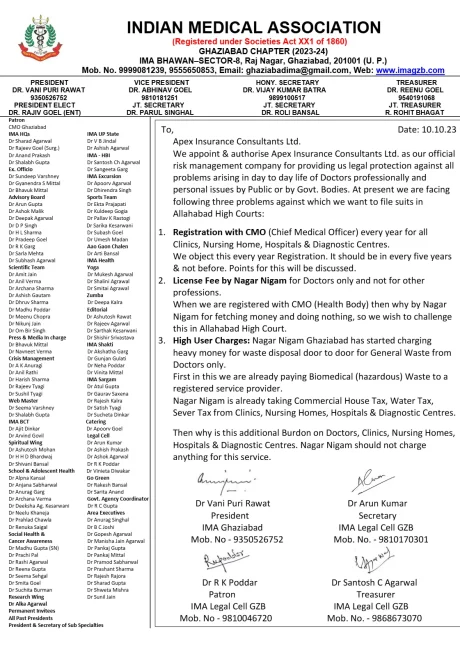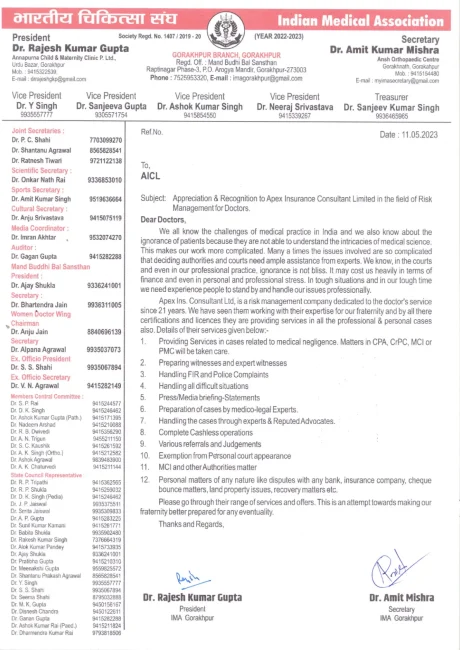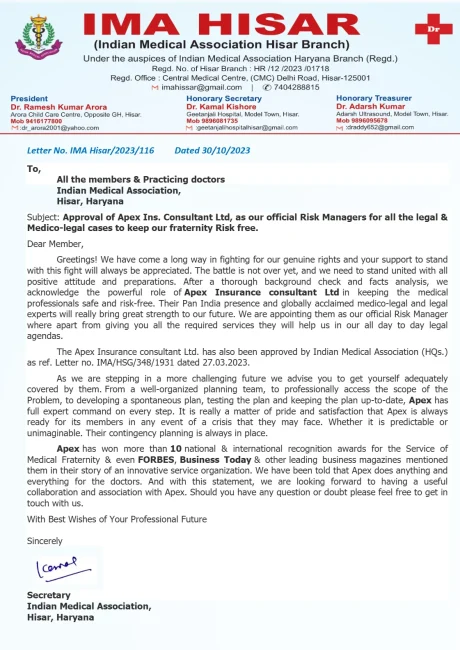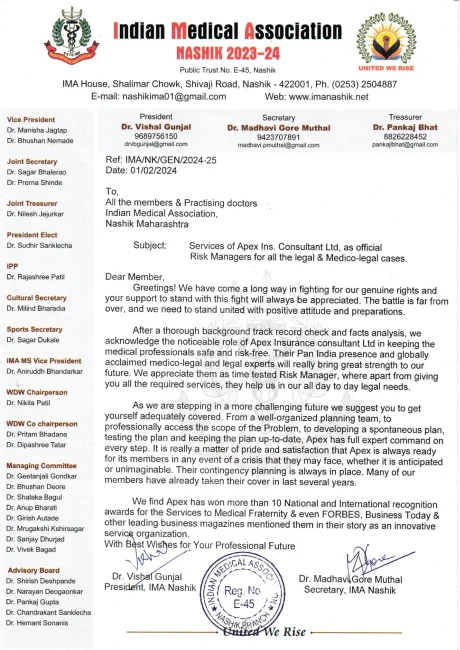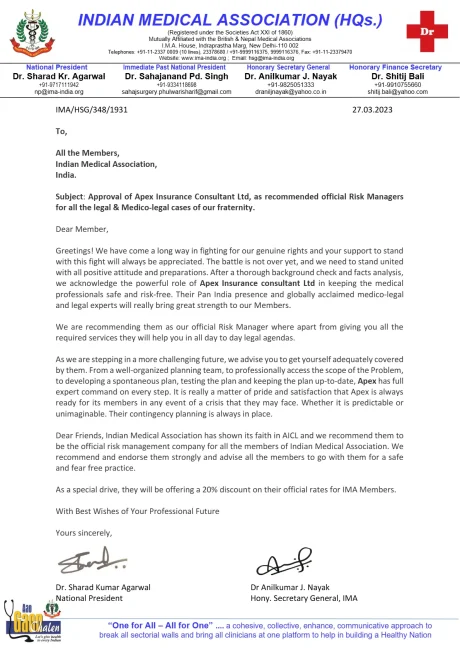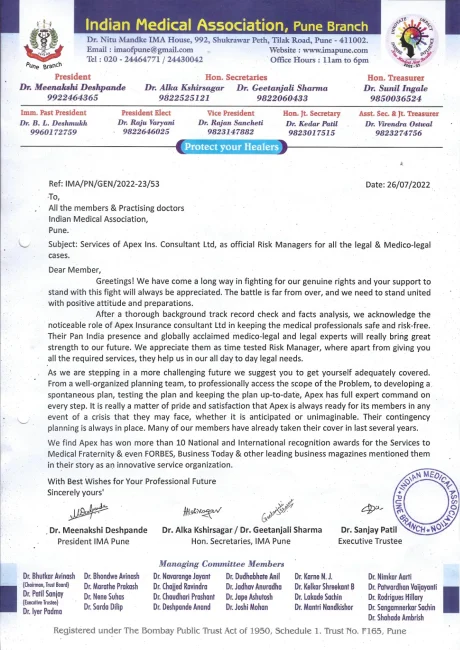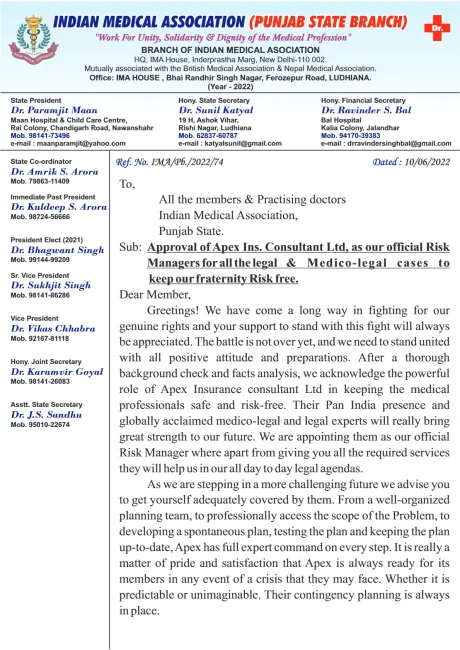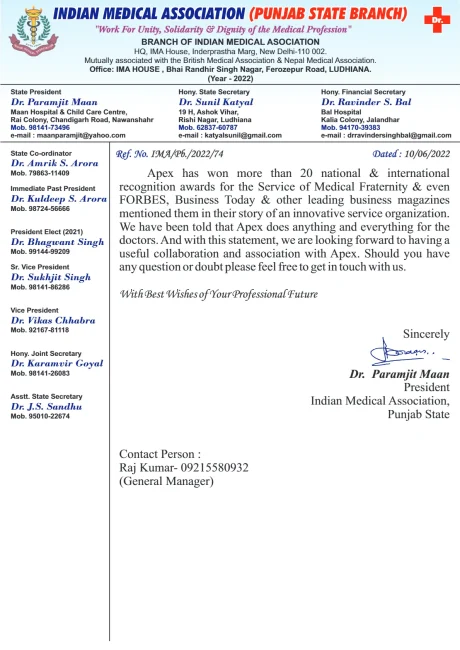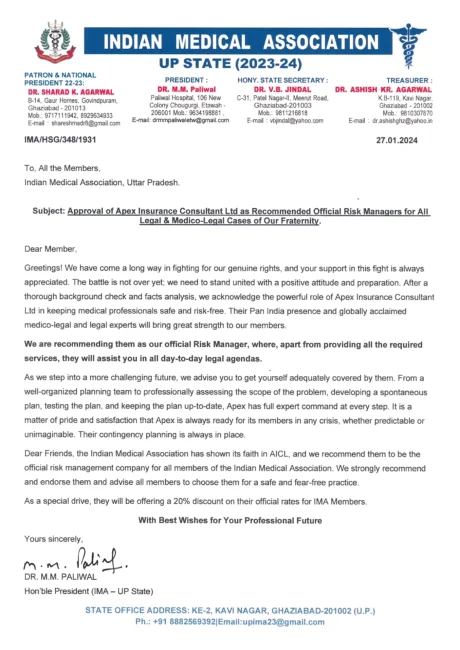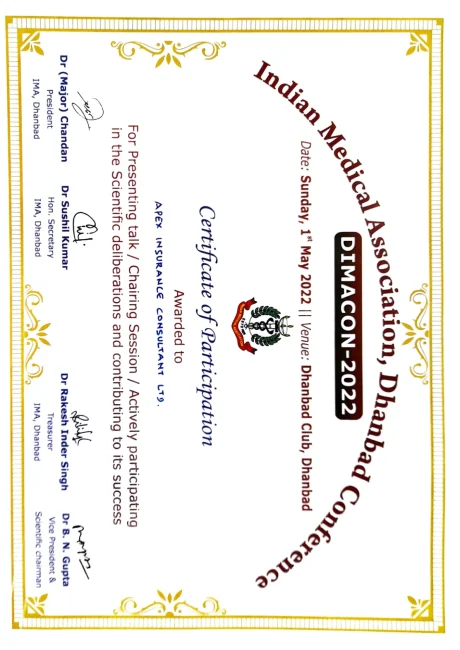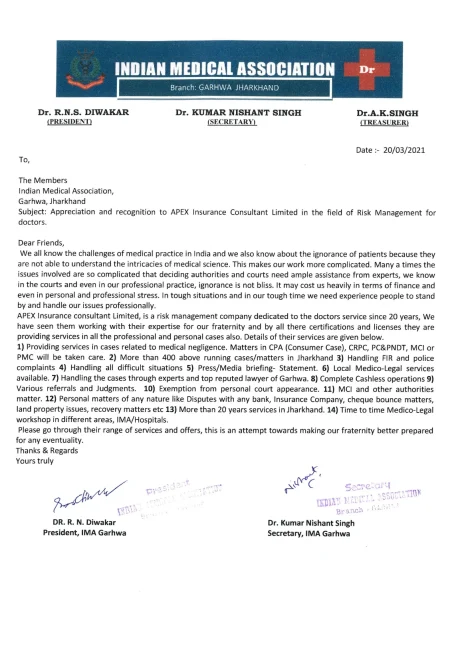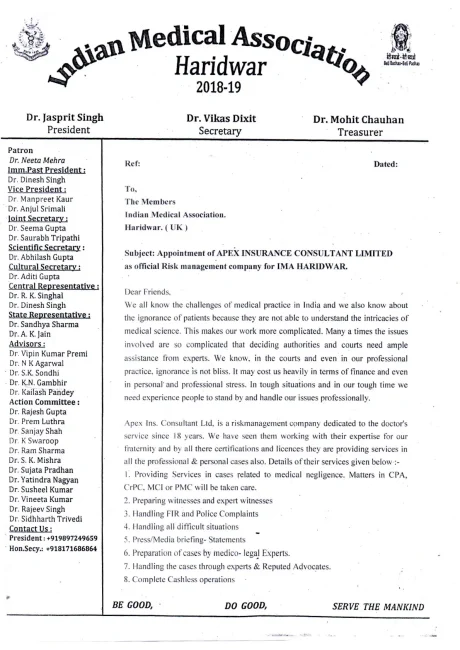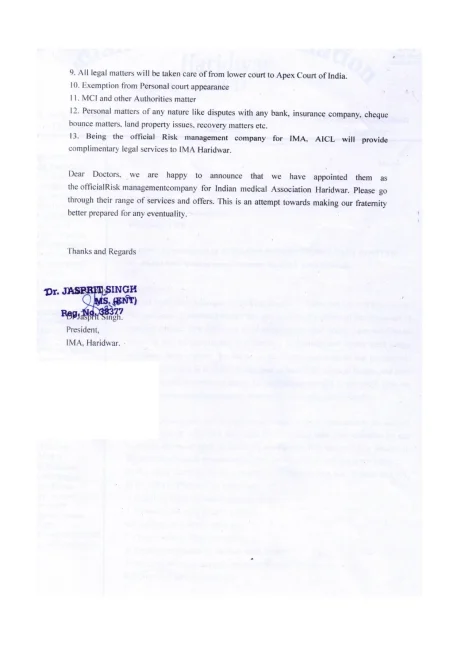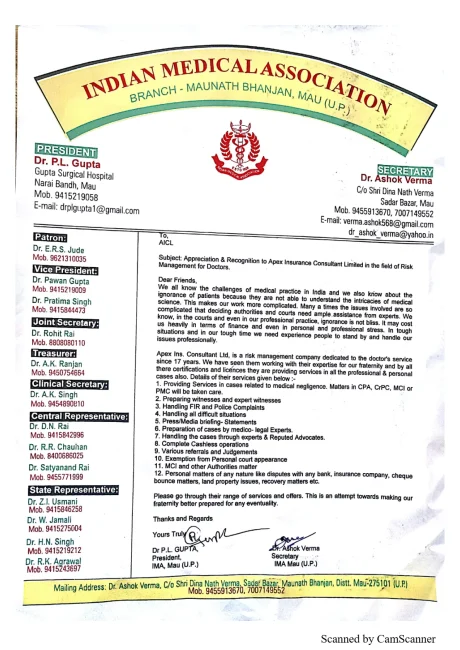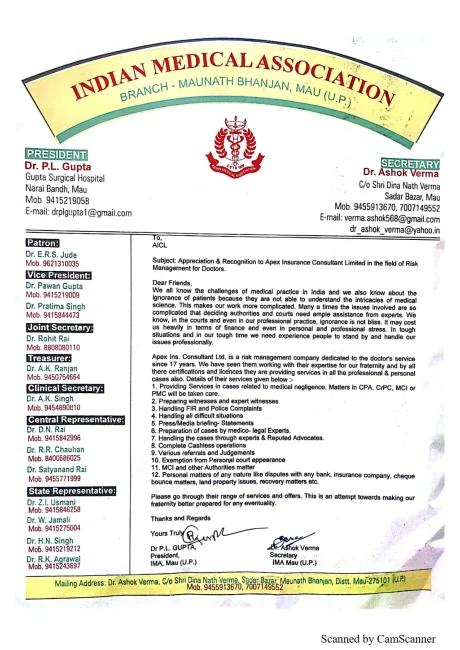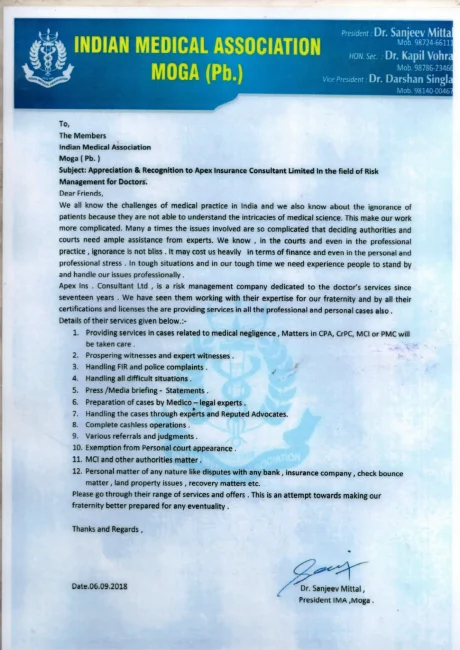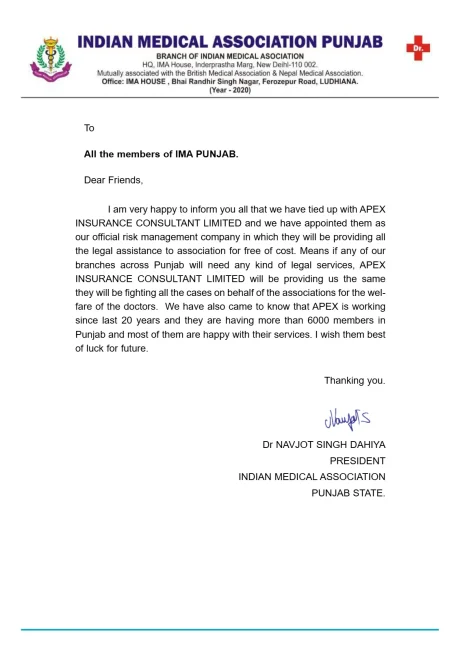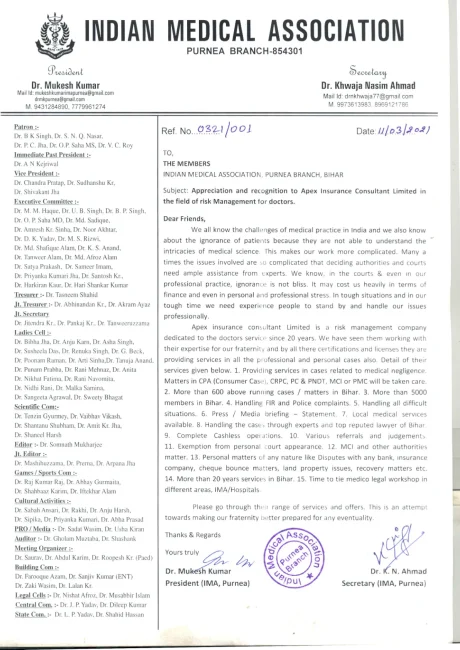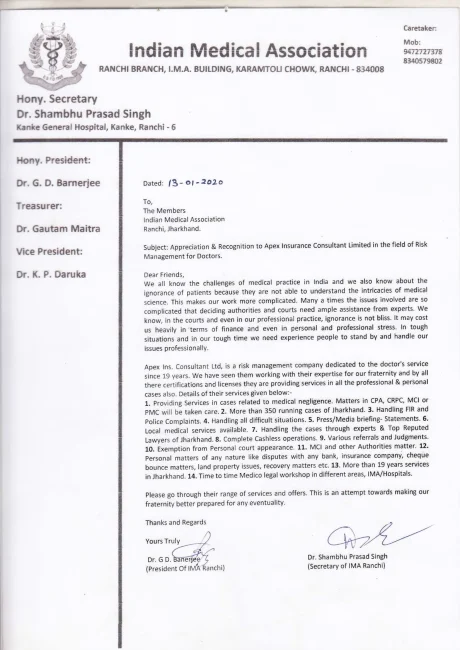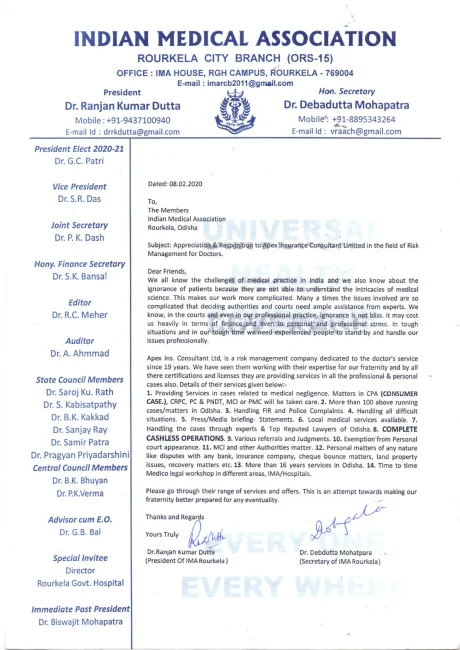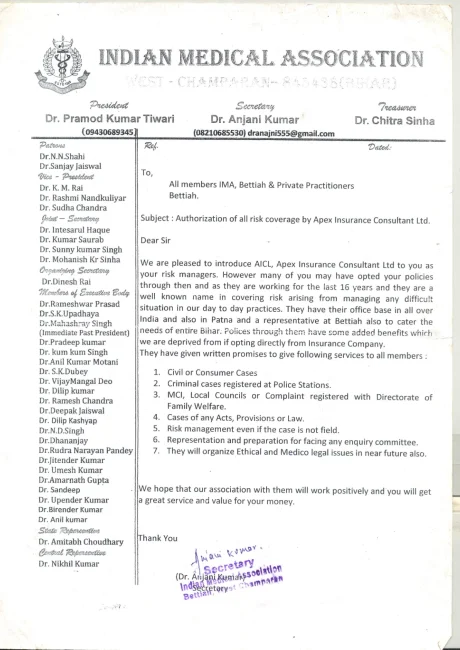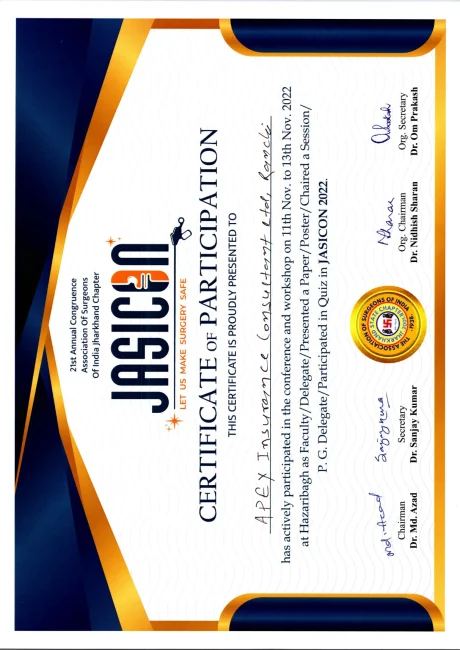Medicine offers you a front-row seat on life. Meaning is all around you. When you can see it, it gives you a sense of gratitude for the opportunity to do this work.
-Rachel Naomi Remen
Patient Opinion emotional crying of doctors
The founder of Patient Opinion, who wrote that a mother told him she was comforted by the tears shed by doctors and nurses after the death of her daughter.
Before we make a point on as to: is it alright to express emotions during practice! Is it okay to cry in front of your patients?
Let us study the emotional bondage between doctor and patients India popularly known as doctor patient relationship(DPR).
General population of patients in public health care system and DPR
In India, majority of citizens requiring medical care and treatment fall below the poverty line. Most of them are illiterate or semi-literate. They cannot comprehend medical terms, concepts, and treatment procedures. They cannot understand the functions of various organs or the effect of removal of such organs. They do not have access to effective but costly diagnostic procedures. Poor patients lying in the corridors of hospitals after admission for want of beds or patients waiting for days on the roadside for an admission or a mere examination is a common sight outside public hospitals. Patient party is a passive, ignorant and uninvolved in treatment procedures.
Large Corporate hospitals and DPR
There is a general perception among the middle class public that these private hospitals and doctors prescribe avoidable costly diagnostic procedures and medicines, and subject them to unwanted surgical procedures, for financial gain. The public feel that many doctors who have spent a crore or more for becoming a specialist, or nursing homes which have invested several crores on diagnostic and infrastructure facilities, would necessarily operate with a purely commercial and not service motive; that such hospitals force doctors to advise extensive costly treatment procedures and surgeries, where conservative or simple treatment may meet the need; and that what used to be a noble service oriented profession is slowly but steadily converting into a purely business.
Look in pockets ignoring healing
Many corporate hospital look at patients not as persons who should be relieved from pain and suffering by prompt and proper treatment at an affordable cost, but as potential income-providers/customers who can be exploited by prolonged or radical diagnostic and treatment procedures. It is this corporate culture which is bringing bad name to the entire profession.
Loss of Human touch
Despite all the constraints it is possible even today to practice competent and caring medicine while combining use of science & technology. We should always remember that despite changing pattern of health care, medicine will always be conducted on a human-to-human basis.
Doctors should not only be well equipped with the bio-medical aspects of patient care but also understand the psychological, social and cultural dimension of health and illness.
Care with empathy
A patient must have confidence in the competence of their physician and must feel that they can confide in him or her. For most physicians, the establishment of good rapport with a patient is important. Some medical specialties, such as psychiatry and family medicine, emphasize the physician–patient relationship more than others, such as pathology or radiology. In addition, the doctor–patient relationship is remarkable for its centrality during life-altering and meaningful times in persons’ lives, times of birth, death, severe illness, and healing. Physicians constant kindness can accomplish so much, it’s like sun makes ice melt, similarly empathy, sympathy and kindness of physician causes misunderstanding, mistrust and hostility to evaporate.
Medicine is facing a crisis, but it’s not just about money; it’s about meaning.
Every day, we are reminded that the health care system is in crisis. We are going bankrupt. There are too many lawsuits. We practice defensive medicine. We restrict access. But surveys of doctors indicate a problem that penetrates much deeper than this. Today, almost 50 percent of doctors report symptoms of burnout — emotional exhaustion, low sense of accomplishment, detachment.
What is human healing?
We often think of medicine as a science, and many doctors do come to think of themselves as technicians. But healing involves far more than knowledge and skill. The process by which a doctor helps a patient accept, recover from, adapt to, or endure a serious illness is full of nuance and mystery.
Doctor’s oaths
Great doctors don’t just diagnose diseases, prescribe medications and treat patients; they bring the full spectrum of their human capabilities to the compassionate care of others.
Unrealistic expectations
Nearly half of medical students become burned out during their training. Medical education has been characterized as an abusive and neglectful family system. It places unrealistic expectations on students, keeps them sleep-deprived, overstressed, and in a state of fear of making mistakes, and sends the message that doubts or grief should be kept to oneself. While the training formally espouses the ethics of empathy, compassion and altruism, doctors and researchers say that the socialization process — the “hidden curriculum” — teaches something very different, which says, stay detached, objective, even a little cynical. Five out of six doctors say that medicine is in decline and close to 60 percent would not recommend it as a career for their children.
Documentation is leave no time for emotional patient-doctor relationship
A lot of time is spent on mandatory lengthy documentation which is recommended by administrative authorities of hospital for proper cashless or reimbursement of claims for managed health care (third party administrators in medi-claim insurance business) . Doctors find themselves under pressures of documentation burdens which have exploded in the past three decades for medico-legal safety in court of law. Many doctors have found that pressure of documenting is sacrificed and replaced by the emotional patient-doctor relationship. Every healthy relationship requires good exchange of emotions and good emotional health. Since patient-doctor relationship is just not a legal relationship but has emotional side also. This emotional side of patient-doctor relationship is very important and gives meaning to the whole undertaking of healing profession of medicine.
Emotional deprivation of doctor due to lack of time is affecting quality care
Doctor patient relationship is being replaced by patient –hospital relationship. The low emotional interaction with patient party due to lack of time caused by lot of routine technicalities, monitoring and documentation required by hospital leaves a doctor in any hospital with high levels of distress, depression, loss of satisfaction, fatigue, and burnout. Huge time spent on documentation of medical technicalities and continuous monitoring of patient has replaced and shortened time required making patient party feel the softer emotional side of doctor. The softer emotional and ethical side is getting eclipsed by “patient –hospital relationship” and “patient –medi-claim relationship” requiring lot of rote work. Because of these newer relationships, doctor is left with less time spent in building feelings of Doctor-patient relationship. The weak emotional doctor patient relationship has big repercussions both on patient party and physicians. Strong emotional doctor patient relationship is very much required in healing profession of medicine.
Commercialization of society:
The society has become consumerist. Money culture is prevailing over noble values such as sacrifice and honor. A doctor has to earn money to maintain a decent living and to meet the expenses and expectations of his family as well. Still, doctors have to remember that once they have chosen this noble profession of their own free will they should uphold its nobleness.
Rise of insurance managed care:
In India rise of medi-claim insurance TPA managed health care through corporate hospitals is fast spoiling DPR. Doctors are forced to advise less than needed admissions, investigations and delay or restrict hospitalizations by managed health care. A new relationship is evolving by the name of Hospital patient relationship. Doctor is unimportant and secondary person in medi-claim insurance TPA managed health care through corporate hospitals. Now a day’s patients do not know name of doctor who is treating and they only know name of hospital which treated them as cashless patient under medi-claim insurance or BPL RSBY scheme of government. A separate chapter is incorporated in this book related to Hospital patient relationship emerging from medi-claim insurance TPA managed health care through corporate hospitals.
The rapid penetration of managed care into the health care market raises concern for many patients, practitioners, about the effects that different financial and organizational features might have negative effect on the doctor–patient relationship. These are some such concerns represent a blatant backlash on the part of providers against the perceived or feared deleterious effects of the corporatization of health care practices.
A managed care organization serves a defined population with limited resources in an integrated system of care. Thus, a single organization may both provide and pay for care. Organizations as providers have duties to employ doctors who are competent and skilled. Organizations as payers have duties of stewardship and justice that can conflict with provider duties. Managed care organizations thus have conflicting roles and conflicting accountability.
New phrase is “patient –hospital relationship” and “patient –medi-claim relationship” is causing emotional deprivation of physician leaving the personality in oblivion.
In India family physician is slowly is getting extinct. Small single owner physician or surgeon owned nursing homes are being replaced by large corporate hospitals. Large corporate hospitals provide five star ambiences. Large corporate hospitals also can meet with capital expenses needed for state of art medical surgical, imaging and monitoring equipment. Large corporate hospitals can only comply with all health legislations change from time to time so as to favour them. Law does not differentiate between treatment given by nursing homes and large corporate hospitals. Small nursing homes had emotional bonding with owner doctor. The invasion by medical insurance and managed health care along with strict health related legislation in name of quality care has made road open to all for corporate hospitals care. Thus emotional bonding with family physician and bonding with physician or surgeon owned clinics and nursing homes is replaced by large corporate hospitals. Big corporate families are infusing huge capital in establishing big hospitals along with government is making newer tight health legislation requiring huge investment for health care facility to survive. The ever expanding health care insurance sector has employed third party administrators tie up with large corporate hospitals for cost cutting.
Total commercialization of health sector has hit hard emotional doctor patient relationship.
New terminology of Hospital-patient relationship is emerging because of mediclaim insurance policy. Patients prefer hospitals which provide treatment which is reimbursable under mediclaim insurance policy. Hospitals which can provide cashless treatment under mediclaim insurance policy are most loved by patient party. Patient is least interested as to which doctor is going to treat his ailment. We have come across cases where under cashless insurance people are ready to go under knife without knowing whether the surgery is medically indicated or not. This is truer for operations like hysterectomies, appendicectomies, gall bladder surgeries, and caesarean sections to name a few. This is destroying doctor patient relationship. Previously only anesthetist worked in the four corners of operation theatre with without patient knowing who the anesthetist is? Now patient party does not want to know the name of surgeon also. This is dehumanizing not only patient party but also surgeons and physicians persona as required by medical ethics and oaths. This is happening because hospital is providing treatment in five star ambiences under mediclaim insurance has pushed the surgeon with anesthetist in the oblivion of four corners of operation theatre and also from emotional algorithm of treatment to any patient. It is only when some emergency due to complications arise at that time hospital reveals the names of physicians and surgeons. Hospitals do this in face of emergency so that medical professionals should take head to allegation of negligence, if any alleged by patient party. This hospital escapes liability by smartly revealing names of both surgeons with anesthetist to shift blame at their doorstep.
What does the Doctor patient relationship mean?
Just like any relationship building Doctor patient relationship requires time to build it up. Commercialization of medicine is eroding high “Morals” required for sophisticated profession of medicine. Profession of medicine has long history of Ethical evolution and oaths which always conflict with Commercialization, insurance of healthcare sector. Social perception of medicine is broad based since it is suppose to caters to poorest of poor people, who fall sick often requiring care. Doctor patient relationship is just contractual as per Legal perception just like any other trade making doctor’s vendors and patient a consumer. Art of practicing medicine is losing its sheen to documentation required to complete insurance claims. Scientific temper of medicine is getting mellowed and being taken care by professors in medical college. Doctor is being more professional rather than therapist devoting time for personal touch for healing. Doctors are viewed judgmental and paternalistic in attitude. The age old concept of Doctor patient relationship of psychological, mental, emotional bonding attachment has no time.
Degradation of doctor patient relationship
Thus Doctor patient relationship has become un-cherished maze leaving doctors doing meaningless rote work for patient without much human touch. The maze uses doctor as a technician to take computerized history, do investigations to make diagnosis and write treatment to be monitored and documentation for insurance claim release. Thus the relationship which is based on moral, ethical, social, psychological, mental, emotional bonding and attachment getting fast replaced by technology oriented interface.
Increased specialization and lack of primary care doctors:
This problem is more in metro cities. Specialists and super-specialists can’t spare much time and “personal touch” is lacking. Old practice of friendly family doctor was good and should be revived. A family doctor can also facilitate better understanding between patients and specialists.
Worsening of emotional aspect of Doctor patient relationship
“When dealing with people, remember you are not dealing with creatures of logic, but creatures of emotion.” The archetype “good old doctor with his walk-in clinic” is vanishing. With the advancement in technology, humanistic aspect of the medicine which used to be its hallmark and its crowning glory, is taking a back seat. It is quite reasonable of the society to expect its doctors to be noble and selfless beings but alas! Of late many strong factors have come into play, which interfere with doctors’ efforts to uphold that image.
Now let us study emotions during practice! Is it okay to cry in front of your patients?
Defining Emotion
Emotion is strong feeling deriving from one’s circumstances, mood, or relationships with others. Term emotion is better reserved for feelings attended by body postures and hormonal settings that form the necessary support system for our actions. Fighting, for instance, is a high-emotion state, requiring elevated adrenaline levels and a tense musculature; sleeping, a low-emotion state, requires just the opposite. In similar fashion, crying is another emotion.
Sympathy is feeling compassion, sorrow, or pity for the hardships that another person encounters.
while empathy is putting yourself in the shoes of another person’s feelings.
Why many doctors have lost emotions in India
Emotions much depend upon doctor patient relationship. The emotional baggage which individual doctors carry towards their patient depends upon length of time of interaction. Why many doctors in India are not emotional and do not cry can be explained by in-depth reading of doctor patient relationship. But primary care doctors and individual doctor owned nursing homes doctor are emotional and do cry with patient party many a times. It is alright to express emotions and cry.
It is all right to be emotional for doctors depending upon the spciality
To maintain good doctor patient relationship it is perfectly all right to be emotional during medical practice. These situations are common with practice of psychology and psychiatry. Emergency room doctors always face emotionally charged patient party leaving much less time to develop emotions apart from whatever instantaneous emotions they can express depending upon the case. Other doctors like obstetrician and pediatrician are equally emotional since they deal with child birth and children health which swings between extremes of emotions –ecstasy of feeling of joy of new birth to rarely death of baby or child. Similarly oncologist may share a lot of emotional burden depending upon length of treatment. Pathologist and radiologist certainly have least involvement with emotions. Other specialties of physicians are involved in emotions depending upon the bonding with patient party. Thus most of the emotional involvement and crying information available is from the psychiatrist and psychotherapist practice. But judging from doctor patient relationship it appears that other patient will also have similar feeling towards their doctors if they cry or express emotions like the psychiatrists.
What do patients think about emotions like crying?
Research asking patients what they think about their therapists’ tears is scant. In a 2015 study in Psychotherapy, researchers Ashley Treat, MD, Jonathan Kelly, and Glenn Waller, PhD, surveyed 188 patients with eating disorders and found that about 57 percent had experienced their therapists crying. Most of these patients saw their therapist’s tears in a positive light.
What should you say if you cry?
If you’ve shed tears in front of a patient, should you acknowledge the moment? Or move on as if nothing has happened ? Kaslow says it depends on the situation and the relationship. Sometimes it’s better to say nothing. “Shared tears in the face of a sad situation may not require an explanation” At this point, verbal interchange is the enemy—the less said the better.
What If only the therapist cries, but not the patient, Kaslow recommends saying something along the lines of: “I think I may be crying because …” or “What is your response to my shedding some tears?” This could be brought up immediately or later in the session or even at the next session.
When tears are inappropriate as emotions
Emotion of Crying can mean anything from eyes that glisten to a gentle tear streaking down a cheek to loud wailing. Therapists usually feel more regret about “more intense crying or more frequent tears or tears that are related to their own situation,” says Blume-Marcovici. Another red flag: crying every time you see someone with a particular problem. If you start to cry whenever a patient discusses a particular issue, “it’s really about your not having dealt with that issue yourself,” says Kaslow. If this happens, you need to get help for yourself and should discuss this with your supervisor, she says.
Common triggers for therapist tears are grief and loss or trauma, says Blume-Marcovici. Therapists who have suffered recent losses or major life stresses may return to work too soon — and then may find themselves crying when counseling patients who have had similar experiences.
Therapists need to know how to assess their own readiness to return to work, she says.
Of course, it can be hard to know exactly when — or if — tears will fall. But therapists need to be aware that this very human reaction may occur and have some idea what to do if it does happen, rather than be blindsided during a session.
Opinion poll of patient
Out of the 528 people who voted in the poll, 326 people ticked the option that said yes, it was okay to cry in front of patients, depending on the situation. A further 65 people voted yes, expressing emotion is good. And a quarter of those polled, 138 voters, said that doctors should not cry under any circumstances.
Opinion of some doctors
Raghu Cardio says doctors’ tears were mere “dramatization.” “A doctor should always keep his [sic] emotions separate from the patient,” Raghu Cardio wrote. “Patients expect solutions and courageous words from doctors. Doctors need tact, experience, and training to overcome these situations,”
Pat Harkin agrees that doctors should not cry in front of patients, concluding: “We should empathise with our patients but I don’t think we should suffer with them.”
Sidhom, a psychiatrist, points out the difference between empathy and sympathy, saying that the first is a necessary trait for doctors, but the second is dangerous in terms of confusion to patients and burnout to therapists.
Emotion of crying
But what do tears mean anyway? Some people can cry at anything, while for others tears do not flow so easily. According to research, women cry more than men—perhaps no surprise. People who are more secure are also more likely to feel comfortable expressing their emotions through tears and cry appropriately (that is, they can be more easily soothed). However, those with less secure attachments are more likely to cry inappropriately and harder. There is also little research to back up the theory that “having a good cry” is in any way cathartic.
At the site of the 2010 Chilean mine disaster, the son of miner Florencio Avalos burst into tears when his father was brought safely to the surface. Later that month, Caylee Anthony’s grandmother was shown weeping over her granddaughter’s death. How can two such totally different events—one joyful, one tragic—both elicit tears?
our notions about tears and other forms of emotional release are still partly based on “steam-kettle thinking”—the culturally pervasive but biologically absurd notion that emotions are stored quantities of energy, which, like steam, wreak havoc when bottled up too long or released too abruptly.
“blowing off steam,” being “flooded with emotion,” “boiling over” with rage, and “feeling drained” after a good cry. The Freudian theory of catharsis is basically a steam-kettle model, and so are various expressive therapies, such as psychodrama, primal scream, reevaluation counseling, and Gestalt therapy. Similarly, remnants of steam-kettle theory can be found in current approaches toward regulation, stress reduction, and anger management.
The Two-Stage Theory of Tears
Physiologically speaking, emotional tears are elicited when a person’s system shifts rapidly from sympathetic to parasympathetic activity—from a state of high tension to a period of recalibration and recovery. Depending on the circumstances, individuals typically describe such shifts as “letting go,” “going off duty,” or “giving up.” Of course, nothing is literally “released” when these biophysical changes occur, although the person’s adrenaline level drops and the body relaxes.
Thumb rule for doctors
A good rule of thumb is that as long as tears are flowing freely, you don’t have to do anything. OK, if you happen to be seated close enough (and the relationship permits), you might lightly touch the tearful person’s arm just to let him or her know that you’re fully present. Similarly, you might offer a tissue or gesture toward the tissue box. Anything more can be intrusive and counterproductive.
Avoid extrapolating anxiety
Certainly avoid the temptation—generated by your own anxiety—to delegitimize the person’s tears (“There’s no need to cry about it!”) or to issue false reassurances (“Everything will be fine!”). Even professionals, who ought to know better, sometimes feel an urge to stop the person from crying, as if stopping the tears would eliminate the problem. Never ever shout at such person to command him/her not allowing crying.
Medical care with Human touch and feelings is better than not
If Sir William Osler were practicing today and were asked what trait of the physician he would most like to see endure into the 21st century is then he would say “compassion”. Osler said, “It is more important to know what patient has a disease, than what disease the patient has.”
Similarly, Maimonides, in the 12th century, said, “May I never see in the patient anything but a fellow creature in pain. May I never consider him merely a vessel of disease.” Too often today, it appears that concern for the patient is being replaced by preoccupation with disease.
Compassionate medical care with emotional sympathy and empathy shall increase the satisfaction of being treated by patient and so also satisfaction of physician as to having accomplished something fruitful. In addition the court cases, burnt out, depressed dejected, frustrated feeling of physician will vanish leading fulfilling, satisfied feeling.
Emotions should part and parcel of healing so also crying. No drama please. Sincere genuine emotions are always perceived better than dramatization.
“Patient party may forget and forgive for what you said, but they will never forget and forgive as to how you made them feel. Remember a negative feeling is always remembered”

